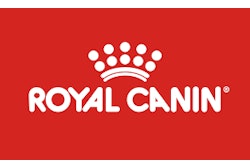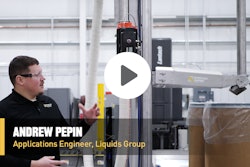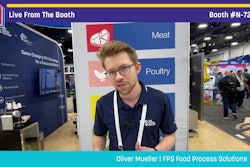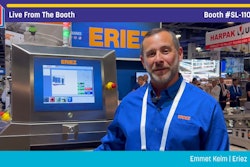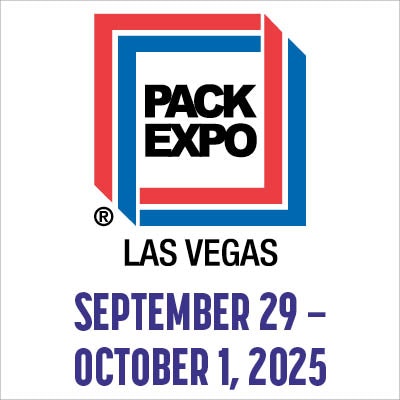1. An organization called the Toxics in Packaging Clearinghouse has been known since the 1990s as the source of an influential model state law that put limits on four heavy metals in packaging (lead, cadmium, mercury, and hexavalent chromium). Though only adopted in 19 U.S. states, the model law’s prohibition on intentional addition, and a total limit of 100 ppm of the four heavy metals, have become a worldwide fixture in product stewardship and guarantee documentation for packaging.
Now the TPCH has updated its model legislation, most notably by adding “the class of perfluoroalkyl and polyfluoroalkyl substances (PFAS) and ortho-phthalates as regulated chemicals.”
Under the newly changed law, a package or packaging component would be prohibited if “PFAS has been intentionally introduced during manufacturing or distribution in any amount,” and “There shall be no detectable PFAS in any package or packaging component.” How exactly that standard can be met is unclear (see below re baby food).
The new model law also would prohibit sale or distribution of a package or of packaging components containing intentionally added phthalates, and the incidental levels of them couldn’t exceed 100 ppm by weight. The revised law also sets general safety standards for chemicals used to replace the limited ones.
The impact of this change won’t be fully known until individual states adopt these new provisions, but the change could represent important new burdens.
2. Speaking of heavy metals, a Congressional committee issued a report in February alleging that many manufactured baby foods contain heavy metals as impurities, and that the levels were dangerous. The report said that neither manufacturers nor FDA were doing enough to limit the levels.
In response, FDA said that “Toxic elements, such as arsenic and lead are present in the environment and may enter the food supply through soil, water or air,” so they can’t be “completely avoided” in food, even organic food.
It further noted, “The FDA has been actively working on this issue using a risk-based approach to prioritize and target the agency’s efforts. Consumers should know that FDA scientists routinely monitor levels of toxic elements in baby foods,” and others. When toxic elements “present a potential health concern, the FDA takes steps to reduce levels, such as using science to set action levels, making data public, and working with industry on identifying effective mitigation strategies.” (All you folks who think “regulation” is always bad: This is regulation. Do you want FDA to stop doing this?)
To me, the real headline is that FDA addressed directly the original sin of public discussions of debates about safety, namely, misunderstanding of degrees of risk.
It’s so important, but often is not part of debates over undesirable substances in food and other products. But here FDA noted first that ubiquitous substances cannot be fully kept out of food, but second and importantly, that the risk related to those exposures is low and things can be done to keep it low, all because of the concept that very, very small amounts of substances that are a danger at higher levels, are not a danger.
Different people can disagree about whether FDA is trying hard enough to limit exposures to dangerous substances, but it’s good that at least FDA is evaluating the riskiness of the risk, instead of simply assuming any level of exposure is dangerous.
3. Speaking of risk, remember COVID-19? Packaging companies took careful note early in the pandemic when officials announced that it’s unlikely one could catch the virus from contact with packaging of foods or other articles, even though studies show the virus can live on some packaging surfaces for some number of hours.
Well, in a recent statement, government agencies say it’s still true that “there is no credible evidence of food or food packaging associated with or as a likely source of viral transmission” of COVID-19. In February, FDA and other agencies issued a joint statement saying their own data and data from around the world indicate it’s “highly unlikely” that packaging or food would spread the virus.
They also explained, “Given that the number of virus particles that could be theoretically picked up by touching a surface would be very small and the amount needed for infection via oral inhalation would be very high, the chances of infection by touching the surface of food packaging or eating food is considered to be extremely low.”
4. Speaking of getting sick, or not, from stuff in or on food or food packaging, there’s a move afoot to add sesame to the list of “major allergens” whose presence would be legally required to be listed on food labels. People with food allergies need that information to avoid serious illness, and ever since 2004, there’s been a federal law that required disclosures on food labels of major allergens, whether the allergens consumers might be exposed to are in food or even food packaging, unless exempted. The current major allergens are milk, eggs, fish, crustacean shellfish, tree nuts, peanuts, wheat, and soybeans, and failures of labels to disclose the presence of these is a significant public health threat and a chief reason for food recalls. (That’s “regulation,” too, just saying.)
Well, the U.S. Senate recently passed a bill that would add sesame to the list of major allergens. If made into law, this new requirement would kick in starting in 2023.
Count on it happening: The bill passed the Senate unanimously, and the House passed a similar bill last year.
Eric Greenberg can be reached at [email protected]. Or visit his firm’s Web site at www.ericfgreenbergpc.com.
INFORMATIONAL ONLY, NOT LEGAL ADVICE.





